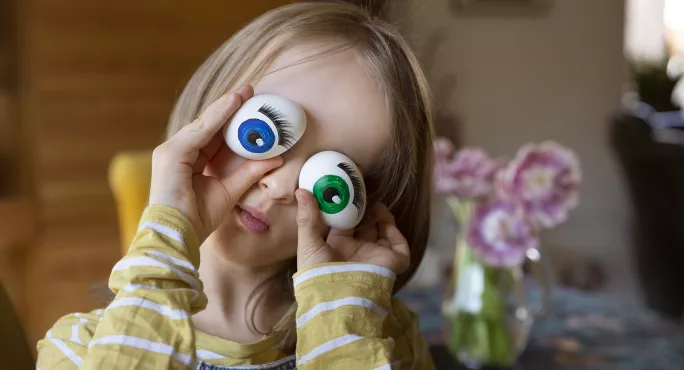- Home
- Analysis
- Early Years
- EYFS progress check: new guidance and what it means
EYFS progress check: new guidance and what it means

Last week the government released new guidance for early years foundation stage (EYFS) settings on how to undertake the two-year-old progress check.
The document is a “must-read” for all practitioners who work with two-year-olds, and senior leaders and headteachers that have two-year-olds on-site in school, as it outlines key points.
The following information provides the context of this guidance.
Two-year progress check: the background
The two-year-old progress check is a statutory, summative assessment tool that is used to summarise children’s achievements to determine whether they are developing within their age-related expectations.
The progress check is based on high-quality, ongoing assessment, including contributions of parents, early years practitioners and other professionals when needed, to review a child’s development and identify any area of concern in their learning or development.
The progress check can also help parents to understand their child’s needs and enhance their child’s development at home, if required, and take advantage of help from early years settings and practitioners.
This is referenced in the EYFS Framework (2021) under 2.4, which states the check must “identify the child’s strengths and any areas where the child’s progress is less than expected”.
If there are any significant emerging concerns, or an identified special educational need or disability identified, practitioners should “develop a targeted plan to support the child’s future learning and development”, including input from a setting’s Sendco, or other health professionals as appropriate.
Who is the new guidance for?
The government states the new guidance is for early years practitioners working with children aged between two and three years old, including: registered childminders; nursery schools and nursery classes; and other early years settings.
The guidance is intended to support early years practitioners to make an accurate assessment of children’s development, health and wellbeing.
This involves working closely with parents and other professionals in the child’s life. After completing the progress check at the age of 2, parents and practitioners can take appropriate actions in the best interests of the child.
As such, it’s worth being aware of what the government is advising in this guidance.
What support will the guidance give?
The government’s aim is that the guidance will support early years practitioners to report on the statutory aspects to:
- Review a child’s development and progress in the three prime areas of learning and development in the EYFS framework, which are personal, social and emotional development, physical development and communication and language.
- Identify any areas of concern or additional development needs,
- Work with parents and other professionals to put in place appropriate support and intervention.
The guidance offers suggestions on how settings can carry out the progress check - for example how to talk to parents about a child’s language or physical development and how settings can potentially identify issues in these areas and how to address them.
The guidance does not replace the professional judgement of practitioners.
The progress check guidance should be read alongside Development Matters, which sets out how children develop and learn - and is cited regularly in the new guidance.
Examples and templates
What’s more, within the guidance, there’s an appendix that provides an example of a progress check with helpful headings to capture the child’s learning at two years of age.
This includes suggested questions for the early years practitioner to use to ascertain further information from the child’s parent or carer and the progress they are making.
The aim is that, from this, a consensus is agreed and the next steps are put in place for all to support the child.
Settings can create their own questions and format of course, as long as they report on the three prime areas of learning.
For example, questions could also relate to the characteristics of effective learning referencing playing and exploring, active learning and creating and thinking critically. These areas are more interwoven within the guidance than being fully explicit.
The health summary template provides settings with a guide for how to gain further health information from the parent if this is not already obtained through initial admission to the setting and creates a further link to health professionals such as the health visitor.
An information booklet for parents titled, What to expect in the Early Years Foundation Stage: a guide for parents, is referenced, providing clear summaries about child development throughout the foundation stage.
Finally, Appendix 3 is an example of an infographic for parents highlighting what children need in the first five years of their life, which parents can support through information shared by the early years practitioner and the child’s setting.
The concluding line of the guidance emphasises the importance of this phase and stage in life: ”What happens early matters for a lifetime”.
Dr Lesley Curtis OBE is the headteacher of Everton Nursery School and Family Centre
You need a Tes subscription to read this article
Subscribe now to read this article and get other subscriber-only content:
- Unlimited access to all Tes magazine content
- Exclusive subscriber-only stories
- Award-winning email newsletters
Already a subscriber? Log in
You need a subscription to read this article
Subscribe now to read this article and get other subscriber-only content, including:
- Unlimited access to all Tes magazine content
- Exclusive subscriber-only stories
- Award-winning email newsletters
topics in this article



